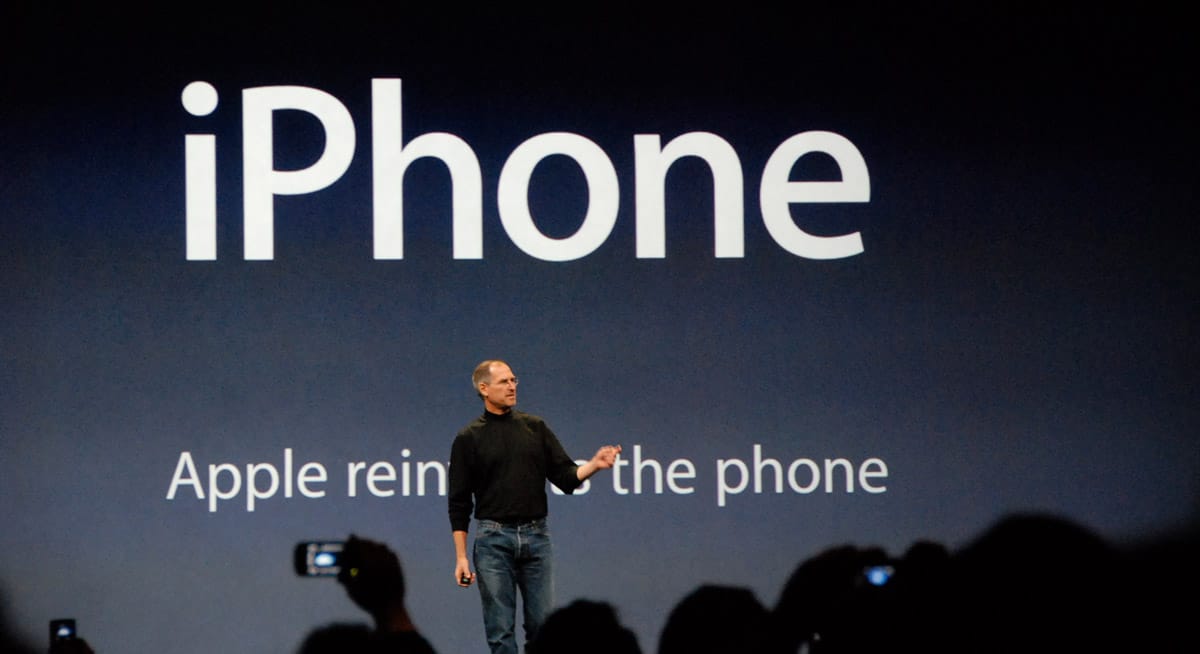Brand identity is a critical component of success for today’s businesses. With a strong identity, brands can achieve greater recognition while also producing exceptionally loyal clients and customers. Developing this core identity can be challenging, however.
Much of this struggle lies in a lack of understanding. How are you supposed to develop a discernible brand identity when you barely understand either the concept of branding or of identity? While many resources dive deep into the essentials of developing a core brand, the latter part of the term “brand identity” is often left out.
To ensure this concept receives the attention it deserves, we’re about to take a deep dive into an idea known as the web of identity — the various sources that grant each individual and business a recognizable persona. You’ll emerge with a better understanding of what constitutes an identity, how it is formed, and how it can be used to drive impressive marketing outcomes.
What Is the Web of Identity?

Your identity as a person or company does not arrive out of thin air. Rather, it is shaped by a myriad of sources. Some of these may seem obvious, while others lurk in the background. No matter your level of awareness, however, the interplay between these sources determines who you are, what you value, and how you present yourself to the world.
The web of identity provides a powerful visual representation of these sources and how they impact the person or business at the center. This image does a great job of demonstrating the multi-layered nature of identity. It also promotes the idea that identity is largely a social construct, although, of course, we can still play a role in shaping it.
Multiple versions of the web of identity exist, but many people look to sociology expert Chris Livesey’s model, as referenced in Sociological Pathways. At the outside of Livesey’s web, you’ll find several major influences, such as work, family, education, politics, and the media. While you may not be able to exert a huge influence on these elements, you can choose the extent to which you interact with them. For example, you can determine your level of media exposure by choosing your preferred sources of information carefully.
If the elements on this outer layer hold anything in common, it’s that they’re largely focused on other people and social systems. From there, however, the next layer delves into qualities that are a bit more personal. Examples include norms, values, culture, and status within your society. These can be shaped both by the outside world and by yourself. Similarly, businesses tend to operate most in this second layer where establishing values and an internal culture for staff as well as an external culture of how an organization treats clients are equally important.
Finally, the inner layer involves personal features that may be beyond your control. Age, gender, and ethnicity, in particular, come to mind. These play a huge role in your identity. At the business level, they can also be influential in that the age, gender, and ethnicity of your target market influence how you position your brand. However, like personal identity, a business has little control over its age or other defining outside factors and some customers may choose or not choose to work with you based on these defining characteristics.
The Major Sources of Identity: How They Influence Brands

Taking a second look at the outer layer from Chris Livesey’s web of identity, you may be able to determine how, exactly, these elements influence your personal identity. Developing the connection between such factors and branding, however, can be a bit more difficult. Outside factors such as education, peers, media, politics, religion may be challenging for brands to navigate but often, these outside factors require brands to make a choice.
For example, many brands were the victim of cancel culture of the last two years simply because they didn’t show up the way customers expected them to when it came to racial injustice or other humanity or equality issues. Other brands revitalized their internal culture and customer base because they chose to make a strong brand statement compared to their previous brand position. Nonetheless, social determinants are just as powerful for branding as they are on an individual level.
Often, personal sources of identity play a huge role in determining our brand. This is particularly common for small businesses, in which the ties between business and individual brands can be difficult to unravel. Even the largest companies, however, can find their identity wrapped up in that of the leader.
To illustrate this concept, we’ve provided a few examples of the role various elements on the web of identity can play in branding efforts:

Steve Jobs and Apple. Several aspects of the web of identity can be credited (or blamed, depending on who you ask) with creating the quirky, stubborn, and gifted icon of Steve Jobs. His status as a dropout was instrumental in the early development and success of Apple, and yet education played a significant role in typography and other elements of his brand. Family was also a big deal; many people point to Paul Jobs as instilling his son Steve with his trademark perfectionism. Even Zen Buddhism proved hugely influential, inspiring Jobs to think outside of the box and come up with solutions that other people might neglect. The interplay of these personal qualities eventually took over Jobs’ professional pursuits, forming the core of the Apple brand: revolutionary business concepts with a side of style — but under heavy control so as to streamline every technological pursuit.

Elon Musk and Tesla. Often described as Tony Stark brought to life, Elon Musk demonstrates the importance of education and adversity in forming both personal and business identities. He attended the Waterkloof House Preparatory School followed by Queen’s University and the Wharton School, but this alone does not warrant credit for his insatiable appetite for progress. Rather, he believes that adversity shaped him into the larger-than-life figure he is today. This derived, in part, from his peers (who bullied him relentlessly) and largely, from his troubled relationship with his father. These struggles inspired him to seek greatness — a lifelong quest from which he has never backed down. His business identity is clearly tied up in his personality, but over the years, this has proven a huge source of corporate strength.

Whitney Wolfe Herd and Bumble. If you’ve tackled the online dating world in the past few years, you’ve probably become well-acquainted with Bumble: the revolutionary dating service that turns the ‘traditional model of digital flirtation on its head. With Bumble, females take the lead. Founder Whitney Wolfe Herd (also one of the major players behind Tinder) is, like Bumble, polished, approachable, and convinced that women hold far more power than they’ve let themselves believe. Her efforts to differentiate herself and her business brand can be seen in the location and style of Bumble’s headquarters. They’re situated outside of Silicon Valley (in Austin) and decked out in yellow. Herd believes that environment can cultivate empowerment — a value that is immediately evident in her own persona and the success of her dating service.
If these examples are any indication, a variety of unique factors can drive the leaders behind exceptional brands. As they develop their core identity, they impart the best elements of their personal brand on their businesses.
Building a Brand Identity with Vinci Digital

Are you struggling to build a discernible brand identity? This monumental task is best taken on when you have access to an outside perspective. But also remember to go within and look deep into who you are as a person and as the leader of your organization.
At Vinci Digital, we can help you determine what, exactly, shapes your personal and business identity — and how these factors can be manipulated to strengthen your brand.
Contact us today to learn more about our marketing and brand development services. We’re eager to discuss your situation and discover your vision for the future.
PS: What is your brand identity? Who or what has been instrumental in defining it? Feel free to leave a comment and share your thoughts below.











